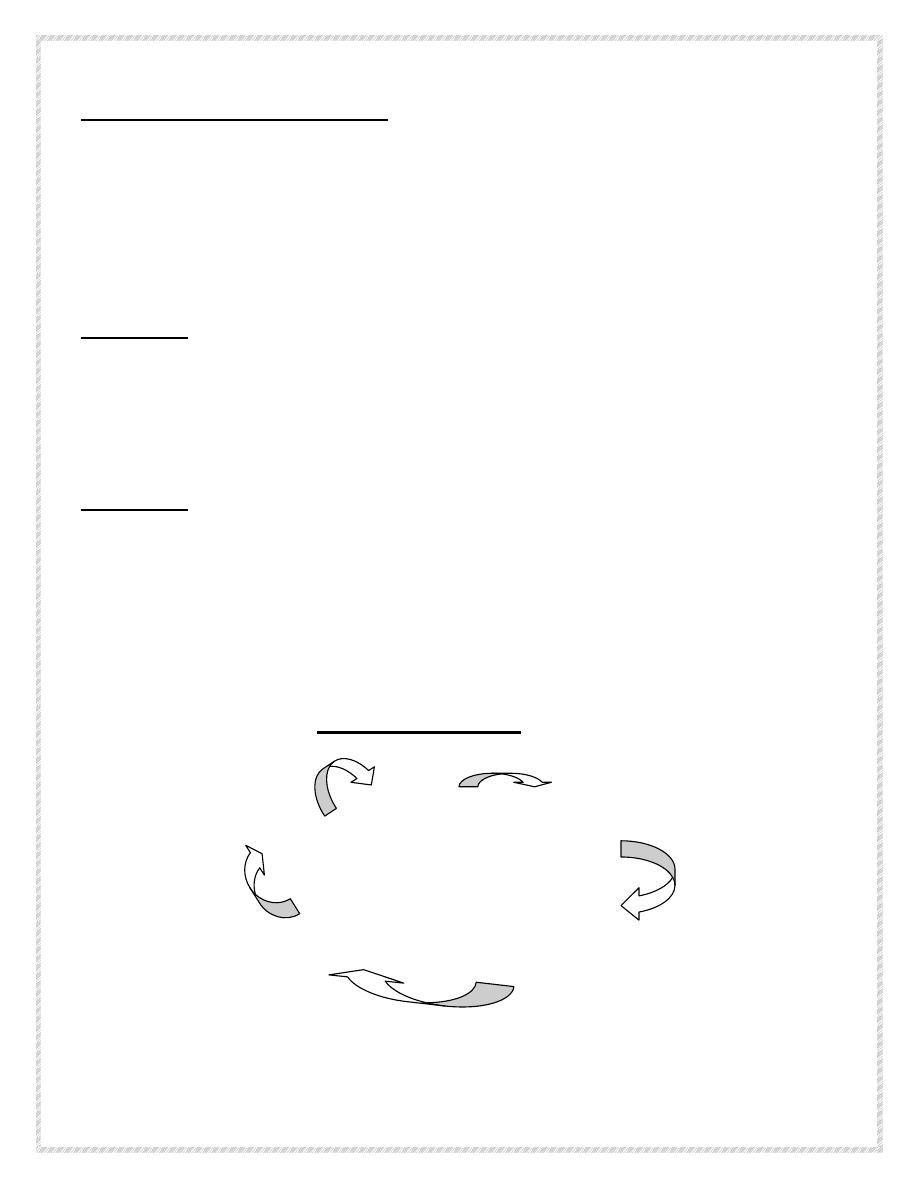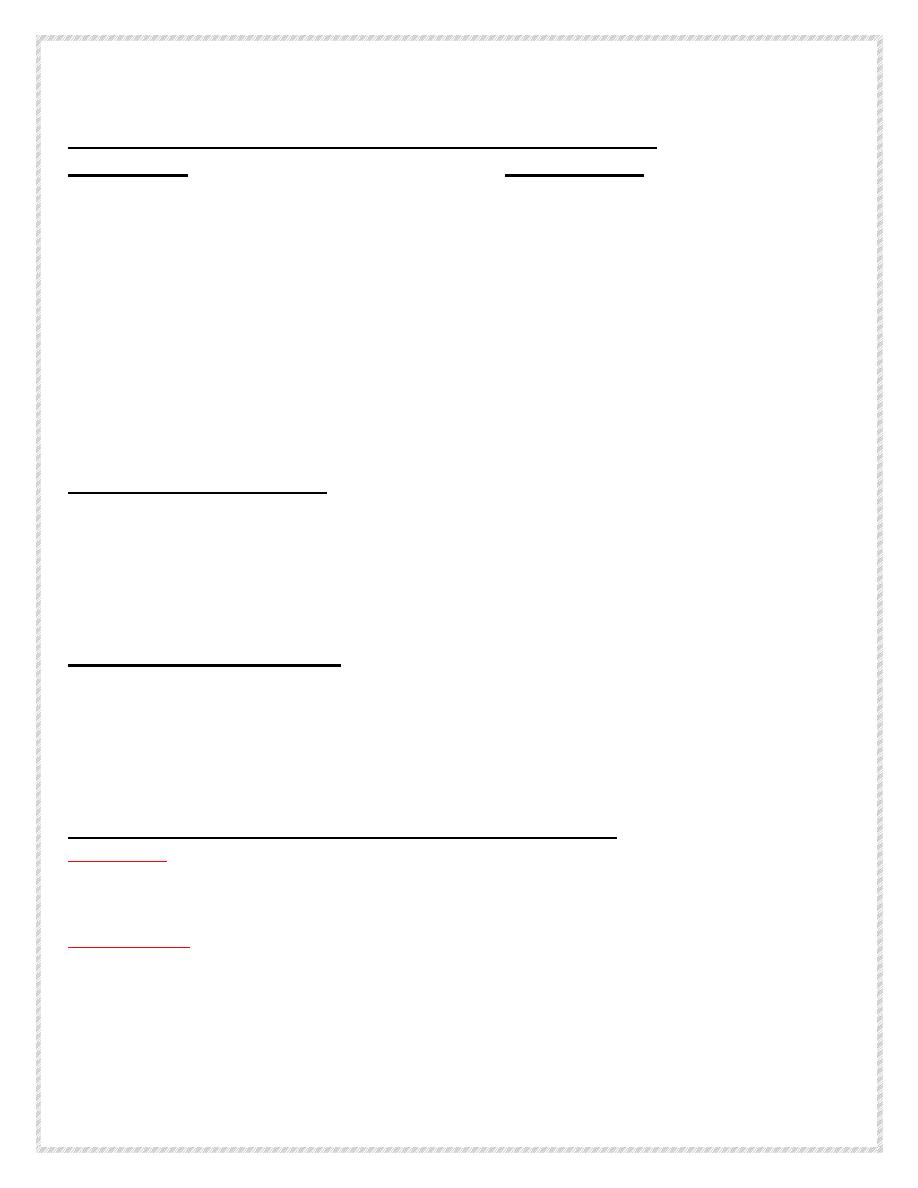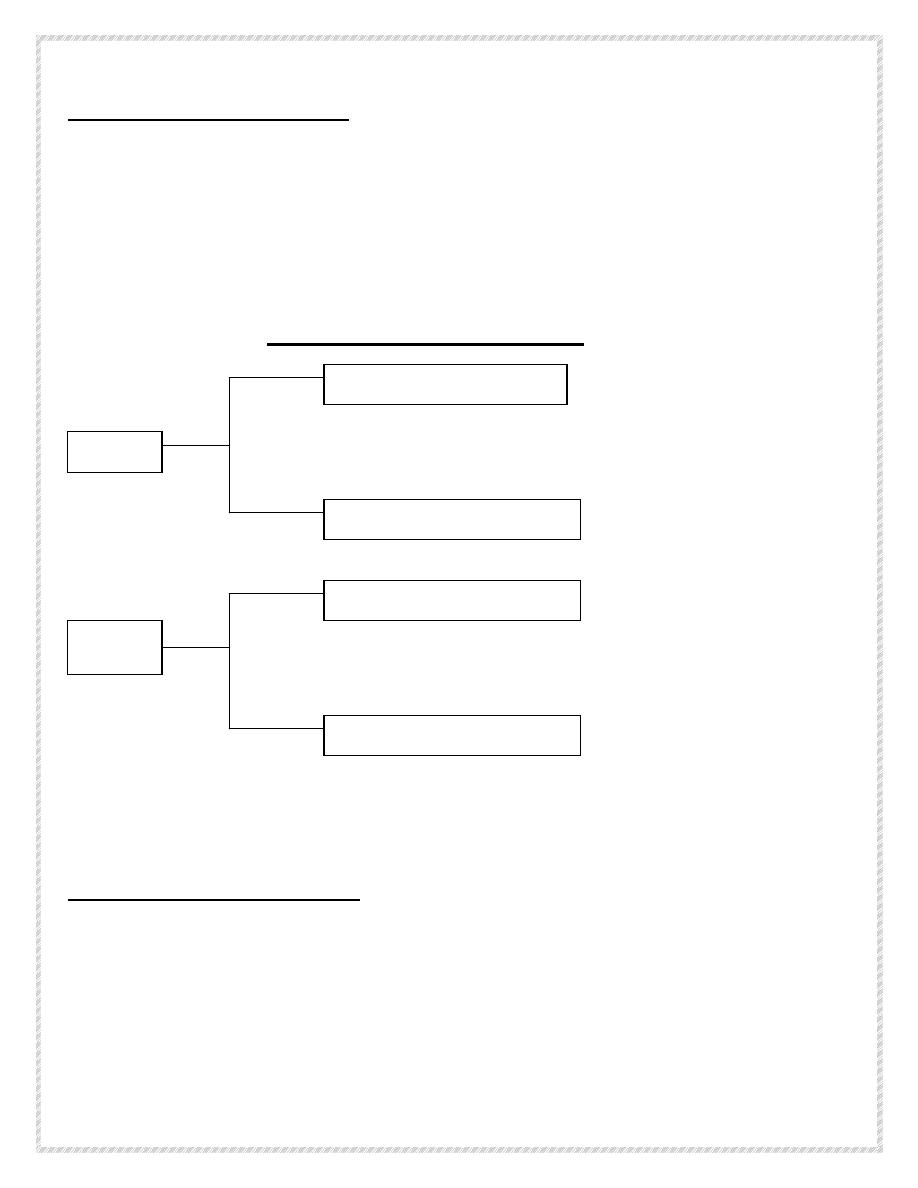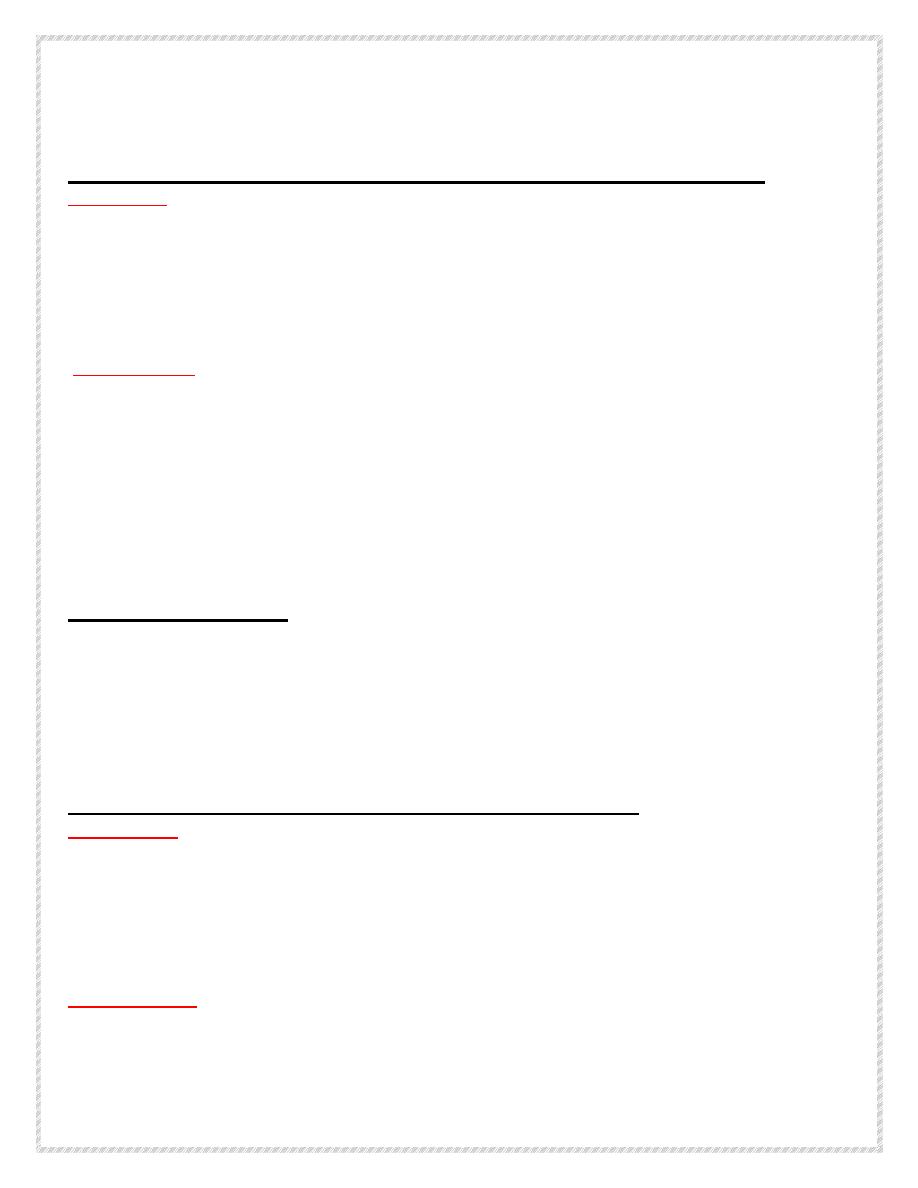
1
Community medicine
Dr.Suhailla
Analytic Epidemiology
Determining the Etiology of Disease
Causality and Causal Relationships
● Must have statistical significance
● Association may be either positive orν
ν
ν
ν
negative (if positive, the association is higher than
expected; if negative the association is lower than expected)
Causal Association
●Strength of association
●Dose-Response Relationship
●Consistency of the Association
●Temporally Correct Association
●Specificity of the Association
●Coherence with Existing Information
Sources of Data
● Primary data
– information collected directly by the researcher
● Secondary data
– data that has already been collected and stored for analysis
Types of Surveys
●Administrative surveys, medical records, vital records and statistical data
●Telephone surveys
●Self-administered surveys
●Personal interviews
Measurement Issues
●Measurement is an attempt to assign numbers to observations according to a set
of rules
●Variables can be categorical or continuous
●Intent is to translate observations into a system that allows assessment of the
hypothesis
Types of Categorical Variables
●Nominal variables – assigns name orν number purely on arbitrary basis (e.g., race, sex)
●Ordinal variables – measures assignedν from (typically) a lesser to greater value
●Interval variables – scale that assigns aν number to an observation based on a constant unit
of measurement

2
Reliability and Validity Issues
● Reliability – the extent to which a measurement has stability and homogeneity
● Validity – represents the precision to which the measure is truly measuring the
phenomena being measured (measure must be reliable to be valid)
Content Validity – the extent to which the measure reflects the full concept being
studied
Criterion Validity – assessed by comparing the test measure of the phenomenon
Sensitivity
♠
Sensitivity (Se) – measures how accurately the test identifies those with the
condition or trait, i.e., correctly identifies or captures true positives
♠ High sensitivity is needed:
-When early treatment is important
-When identification of every case is important
Specificity
♠ Specificity (Sp) – measures howν accurately the test identifies those without the
condition or trait, i.e., correctly identifies or excludes the true negatives.
♠ High specificity is needed when:
-Re-screening is impractical
-When reducing false positive is important
The Research Cycle
Theory
Operational
Empirical findings Hypothesis
Statistical Tests Observations and
Measurements

3
Types of Studies
●Cross-sectional – prevalence rates that may suggest association (good for
developing theory, but no causal association)
●Retrospective (Case-control) – good forν rare diseases and initial etiologic
studies
●Prospective (cohort, longitudinal, followup) – yields incidence rates and
estimates for risk. Better for causal association.
●Experimental (intervention studies) –strongest evidence for etiology
Considerations for Study
■
Design Stage of hypothesis development
■Nature of disease
■Nature of Exposure
■Nature of study population
■Context of research
Sectional Studies
-
Cross
●Single point in time (snapshot studies)
●Risk factors and disease measured at the same time
●Determines prevalence ratios
ign
Sectional Study Des
-
Cross
Sample
Population
Exposed
Cases
Non
cases
Non
exposed
cases
Non
cases

4
Advantages and Disadvantages of Cross Sectional Studies
Disadvantage
Advantages
●Give general description or scope of problem ●No calculation of risk
Temporal sequence is unclear
●Useful in health ●Not good for rare diseases
service evaluation and
planning
●Baseline for ●Selective survival can lead to bias
prospective study
●Identifies cases and ●Selective recall can lead to bias
controls for
retrospective study ●Cohort effect may be misleading
●Low-cost
Prospective Study Design
Disease free persons are classified on exposure at beginning of follow-up period
then tracked to ascertain the occurrence of disease.
Question of Study: Do persons with the factor of interest develop or avoid the
disease more frequently than those without the factor or exposure.
Prospective Study Criteria
-Obtain Incidence data
-Obtain the incidence among the exposed A/A+B
-Obtain incidence among the non-exposed to determine relative risk C/C+D
-Determine Relative Risk [A/(A+B)]/[C/(C+D)]
es of Prospective Studies
Advantages and Disadvantag
Advantages
Provides good assessment of temporal sequence
■
■Evaluate before onset of disease and watch for disease
Disadvantages
■Selection bias
■Loss to follow-up
■Expensive

5
Retrospective Study Design
Subjects are selected on the basis of disease status: either cases or controls then
classified on the basis of past exposure
Question of Study: Do persons with the outcome of interest (cases) have the
exposure characteristic (or history of exposure) more frequently than those
without the outcomes (controls)
Retrospective Study Design
Retrospective Study Method
●Compare the odds of exposure among the cases with the odds of exposure among
the controls Odds of Exposure Among Cases = [A/(A+C)]/[C/A+C)] or A/C
●
●Odds of Exposure Among Controls =[B/(B+D)]/[D/B+D)] or B/D
●Get Odds Ratio or odds of expose among cases/Odds of exposure among controls
(A/C)/(B/D)
Case
Controls
Exposure positive A
Exposure negative B
Exposure positive C
Exposure negative D

6
es
Advantages and Disadvantages of Retrospective Studies Advantag
Advantages
- Less expensive than cohort (retrospective) Studies
- Quicker than cohort
- Can identify more than one exposure
- Good for rare diseases
- Well design leads to good etiologic investigation
Disadvantages
- Selective Survival
- Selective recall
- Temporal sequence not as clear
- Not suited for rare exposures
- Gives an indirect measure of risk
- More susceptible to bias
- Limited to single outcome
Experimental Studies
●Uses an intervention in which the investigator manipulates a factor and measures the
outcome
●Elements of a complete experiment
■ Manipulation of data
■ Use of a control group
■ Ability to randomize subjects to treatment groups
Advantages and Disadvantages of Experimental Studies
Advantages
● Prospective direction
● Ability to randomize subjects
● Temporal sequence of cause and effect
● Can control extraneous variables
● Best evidence of causality
Disadvantages
●
Contrive situation
● Impossible to control human behavior

7
● Ethical Constraints
● External validity uncertain
● Expensive
Blinding in Experimental Studies
The importance of blinding depends on the needed outcome. Less important if the
outcome is clear.
Non-blinded – both subject & investigator know the treatment allocation
Single-blinded – investigator knows, subject does not know
Double-blinded – neither investigator and subject
Sources of Bias
● During selection of participants
● Absence of blinding allocation can lead to differential classification
● Other sources of miscalculation
● Withdrawals, ineligible sources, loss to follow-up
● Premature termination
Selection Bias
■ Cases and controls, or exposed and non exposed individuals were selected is such
that an apparent association is observed - even if there is no association.
■ Biased selection - taking from a pool in which we know the risk is higher is
selection bias.
Small sample size or small response size
■
Information Bias
Methods of information about the subjects in the study are inadequate and results
show information gathered regarding exposures and/or disease is incorrect.
■Reporting bias
■Abstracting records
■Bias in interviewing
Bias from surrogate interviews
■
■Surveillance bias
■Recall bias

8
Other Issues
■Confounding Variables
●To prove that Factor A is a result of disease B,we say that a third factor, Factor X
is a Confounder if the following is true:
Factor X is a known risk factor for Disease B.
●
●Factor X is associated with Factor A bit is not a result of Factor A.
nteractions
I■
DONE BY : PAYMAN MOHAMMED
